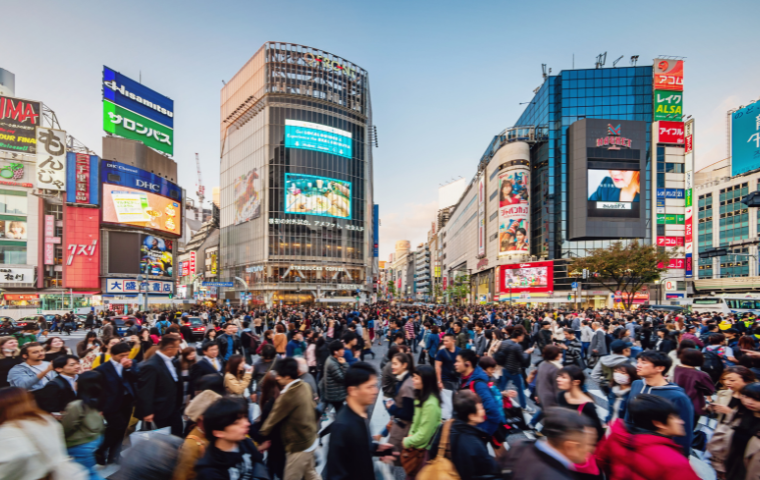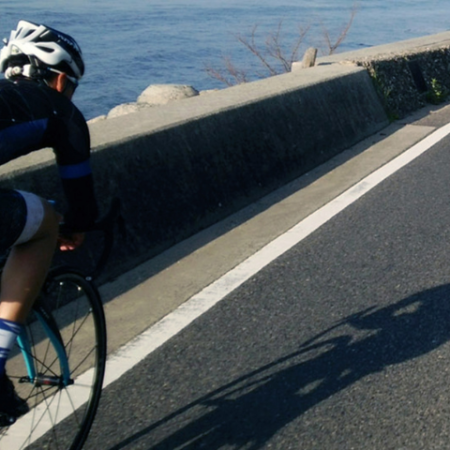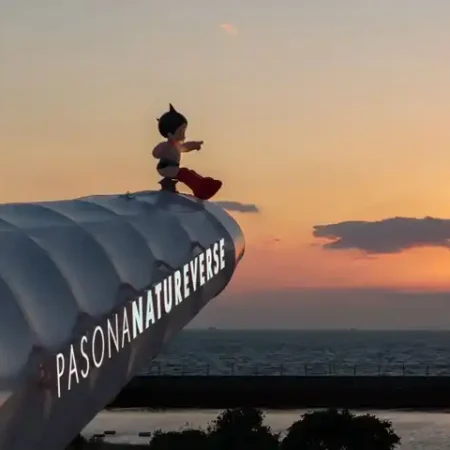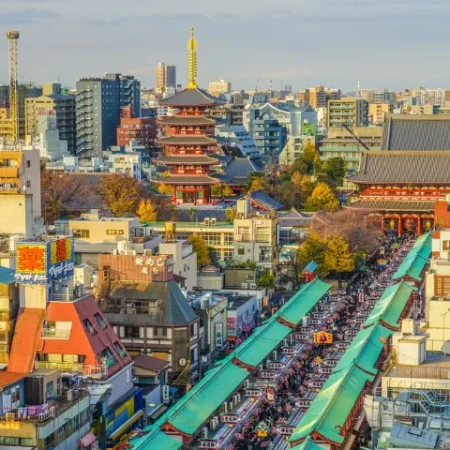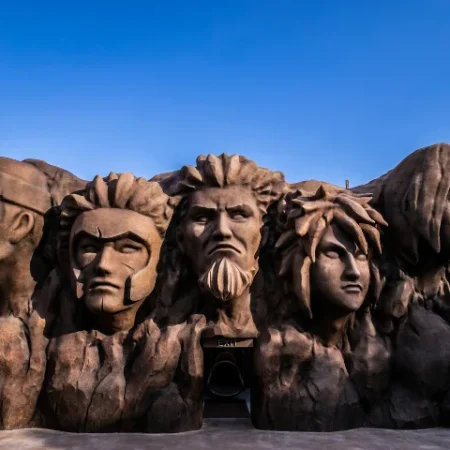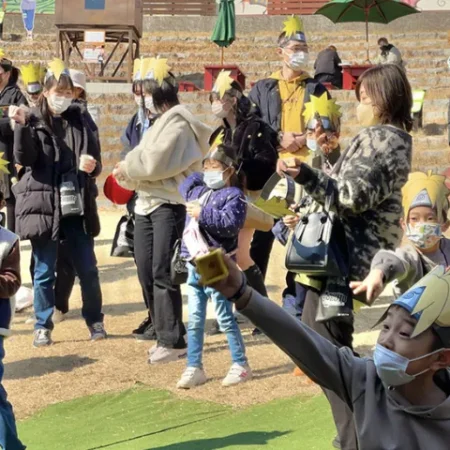“Overtourism” refers to the phenomenon of popular destinations being overrun by great numbers of visitors. This is becoming an increasingly pressing issue in Japan. Popular locations often see surges in tourists, leading to environmental degradation, strained local resources, and diminished visitor experiences.
Amidst this backdrop of bustling tourist hotspots, Awaji Island has appeared in recent years as a less crowded but equally beautiful destination. In this article, we explore the causes of overtourism, its impact, and how you can be part of the solution.
Table of Contents
Causes and Impacts of Overtourism in Japan
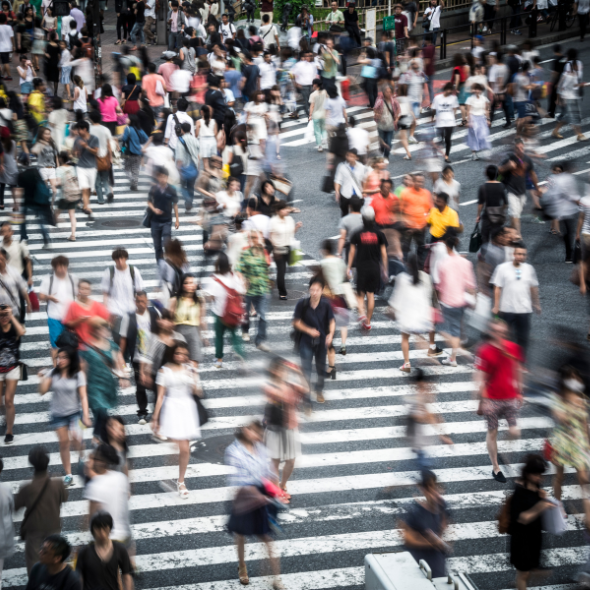
Overtourism is a global phenomenon affecting many countries, but it has been particularly severe in Japan in recent years. In March 2024, Japan saw 3.1 million international visitors, marking the first time the monthly figure surpassed 3 million.
This surge in tourism is causing significant problems. Kyoto is a prime example, private alleys in the city’s famous geisha district are now off-limits to tourists due to overcrowding and disruptive behavior. Environmental impacts are also a concern in heavily touristed areas of Japan. Increased waste generation, littering, and pollution strain local ecosystems and natural resources.
Several factors contribute to overtourism in Japan. Firstly, the country’s rich cultural heritage, stunning landscapes, and unique traditions draw millions of international visitors each year, flocking to cities like Tokyo, Kyoto, and Osaka.
Also, international travel is back with a vengeance after COVID-19, spurred on by the spread of social media. From Twitter to TikTok, SNS is flooded with irresistible images of Japan’s iconic seasonal spots.

Additionally, the decrease of the yen has significantly increased Japan’s affordability. The weakening of Japan’s currency against those of other major economies, such as the US dollar and the euro, has made traveling to Japan more economical for international visitors.
This favorable exchange rate has made expenses like accommodation, dining, shopping, and transportation more budget-friendly for travelers from abroad. Tourists can stretch their budgets further and indulge in experiences they might have considered too costly before.
Solutions to Overtourism in Rural Tourism
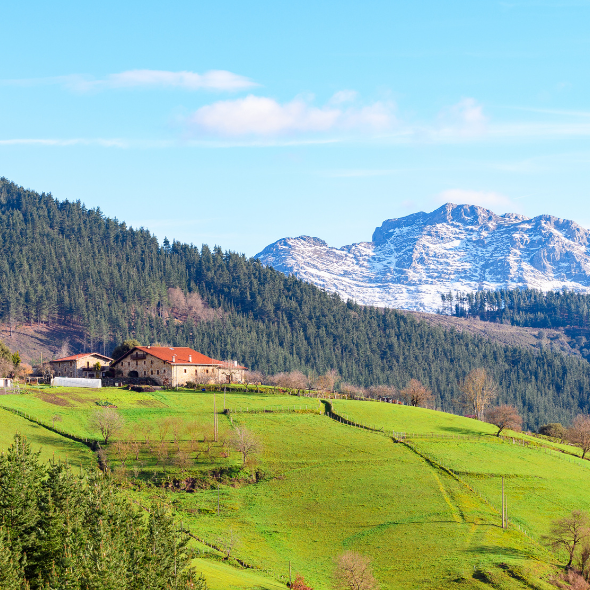
Rural tourism has been gaining popularity in recent years and is increasingly recognized as a direct solution to the challenges posed by overtourism. As urban destinations become overcrowded and suffer from the negative impacts of mass tourism, rural areas are a refreshing alternative that allows travelers to escape the crowds and experience authentic, off-the-beaten-path destinations.
This kind of travel not only disperses tourist traffic to less-visited regions but also provides a boost to rural economies. It encourages visitors to engage with residents and support small businesses, thereby stimulating economic growth and revitalizing rural communities.
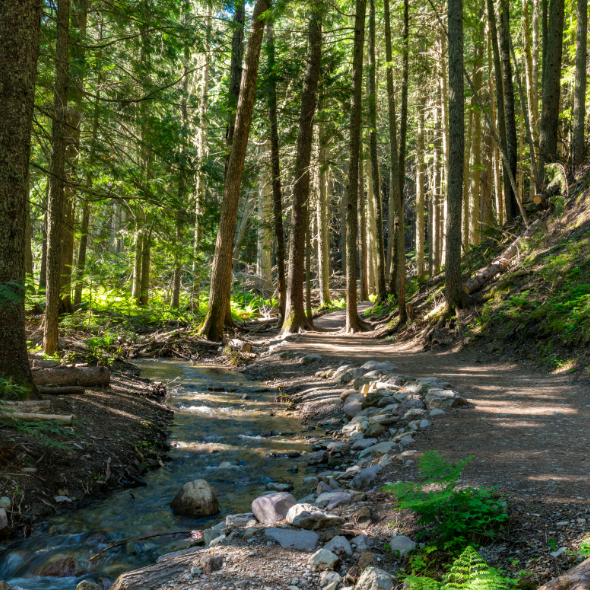
Rural tourism is undoubtedly appealing, but Japan’s big cities offer their unique attractions, from trendy cafes to theme parks. Despite the rise of rural tourism, overtourism persists due to the enduring allure of urban destinations.
But what if there was a place in Japan that combined the best of both worlds? Awaji Island offers the tranquility of rural tourism alongside the excitement of urban attractions. Known for its natural beauty and rich history, Awaji Island also has stylish cafes and standout theme parks. Let’s delve into what makes this island a perfect blend of rural and urban travel!
Efforts to Tackle Overtourism on Awaji Island in Japan
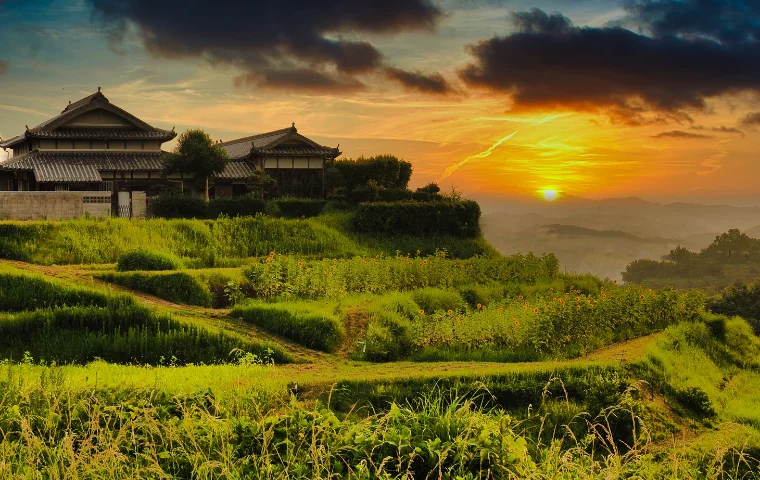
What makes countryside tourist spots popular? Nature? History? Local experience? Awaji has it all. Awaji Island is popular among locals for its stunning ocean views, with sunsets ranked as one of the best in Japan. For history buffs, Awaji Island is significant as the legendary first island to exist in Japan, according to ancient records.
The island’s wealth of shrines and historical sights on the island reflect its historical importance. Moreover, Awaji offers plenty of local experiences, including indigo dyeing, tile-making, and many more.
Now, what makes a big city popular? Trendy cafes and unique places? Awaji has them too! As part of a unique revitalization project on the island, many seaside cafes have popped up, attracting a young crowd seeking cool places to spend a day. Additionally, popular theme parks, including an anime theme park and even Hello Kitty multimedia center, add to the island’s charm.

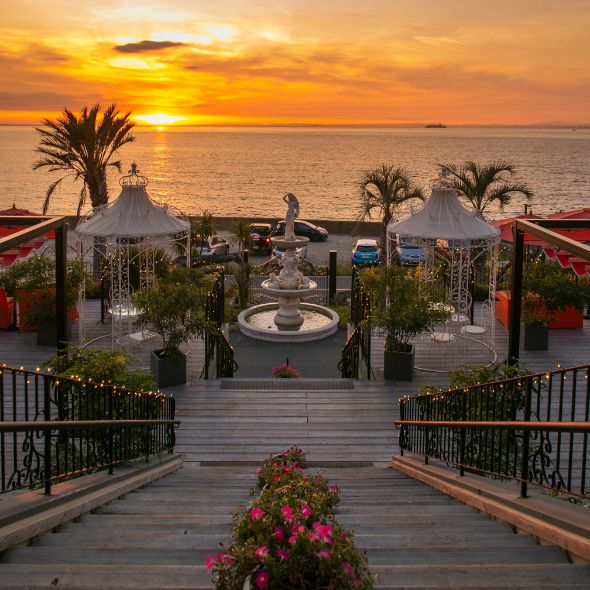

Awaji Island strikes a balance of traditional charms and modern attractions for people of all generations. This unique model offers one fun, creative solution to overtourism by providing a diverse range of experiences that cater to varying interests and demographics.
Closing
Overtourism poses a significant challenge in Japan, yet by promoting destinations like Awaji Island and other less crowded locations, the country can address this issue effectively. This approach fosters a more balanced and sustainable tourism industry, benefiting both visitors and residents alike.
Awaji Island offers a serene escape from the hustle and bustle of big cities, while still showcasing elements that capture the charm of urban life. Its diverse attractions make it a compelling destination that appeals to a wide range of travelers seeking a combination of traditional and modern elements.



